Super Bowl Strip Tease: The NFL and Las Vegas Are Together at Last
In the primitive days before caller ID, Terry Bradshaw answered the phone in his Las Vegas hotel room and listened in wonder as Elvis Presley—presumably ensconced in the 5,000-square-foot Imperial Suite of the Las Vegas Hilton—invited the Pittsburgh Steelers’ quarterback to join the King of Rock ’n’ Roll’s regular touch football game. Bradshaw, in the first blush of his own ’70s superstardom, politely declined.
And so the respective faces of Vegas and the NFL were not metaphorically married in the Little White Wedding Chapel, to Bradshaw’s everlasting regret. More than 40 years later, the Fox Sports analyst told Fox Sports: “Man, I still think about it now.” It was one of countless missed love connections between Las Vegas and the NFL, two American institutions that flirted for decades, locked in an endless cycle of attraction and repulsion, come-hither and go-thither, codependents united by the very thing that kept them apart: gambling.
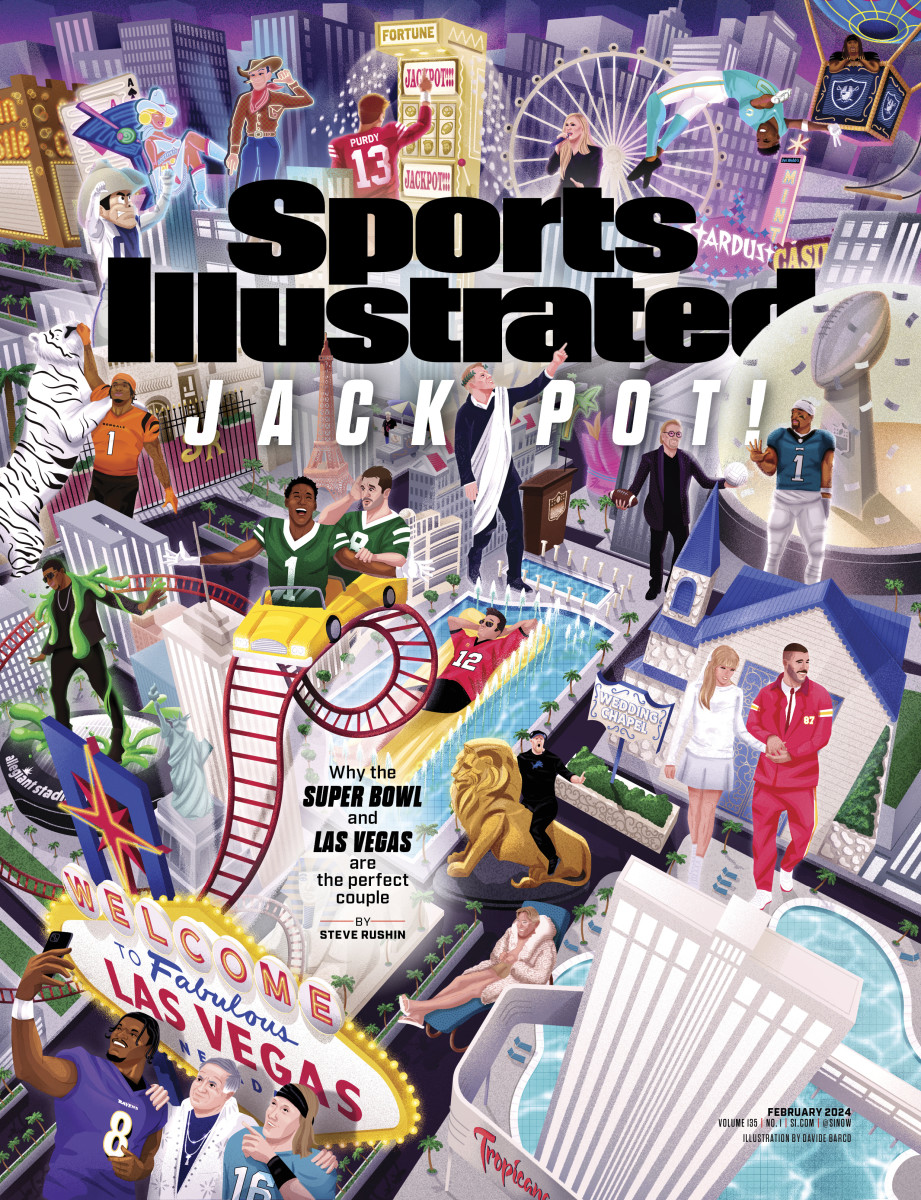
In time, there would be an NFL quarterback named for the King. The former San Francisco 49ers signal-caller Elvis Grbac and his brother, Engelbert, shared their names with icons of the Vegas stage. Las Vegas has had such a powerful hold on the world’s imagination—the Grbacs were sons of Croatian immigrants to Cleveland—that NFL owners could hardly ignore the city’s charms. By 2019, even Bradshaw would have his own Vegas stage show—singing, dancing, costume changes—at the Luxor. They had so much in common, Las Vegas and the league, including their strange fixations on ancient Rome.
Watch the NFL with Fubo. Start your free trial today.
And so Super Bowl LVIII will be held within walking distance of Caesars Palace, in whose Forum Shops—beneath a man-made heaven that changes from dawn to pink-clouded dusk every day—is the NFL Las Vegas store. There, beside a faux-Roman piazza stocked with exotic fish, one can fog the jeweler’s case displaying a New York Giants helmet bedazzled in Swarovski crystals, yours for $9,999.
Las Vegas and the NFL share a fondness for neon cowboys (“Vegas Vic,” Deion Sanders) and a vernacular of nickels and slots. The Super Bowl gives equal weight to the high-gloss halftime show and the un-Vegas-y business of winning football games. It’s part Bill Belew (who designed Presley’s rhinestone-studded jumpsuits) and part Bill Belichick (who said, when asked this season to name his favorite place in Las Vegas: “Been at the stadium four times”).
It Happened in Vegas: Sports and Sin City
That stadium stands at the southwest corner of Dean Martin Drive and Al Davis Way, at the physical intersection of Las Vegas and the NFL. It was silent on a winter Tuesday morning in midseason, save for the whine of a worker’s power drill as he resecured a 14-foot aluminum can of Coors Light to a billboard that screamed JUST WIN BABY! Black, shiny and sleek against the dun-colored Spring Mountains, Allegiant Stadium looks like Darth Vader’s mask discarded on Tatooine, an architectural style that might best be called Mid-century Madman.
It fits perfectly here. A block to the east is the Strip, with its Lady Liberty, Giza Pyramid and Arthurian castle, to say nothing of the billboards (SIN HAS CONSEQUENCES: REPENT) and T-shirts (I SUPPORT SINGLE MOTHERS ONE DOLLAR AT A TIME) competing for tourist souls.
In 1989, the Super Bowl halftime show featured an Elvis impersonator, Elvis Presto, fanning out an oversize deck of cards. Why? That game was in Miami, yet human playing cards cavorted onstage at Joe Robbie Stadium. By then, the NFL was the most popular play in Las Vegas sportsbooks, including the Stardust, the first sportsbook inside a casino. Lefty Rosenthal, who opened it in ’76, bet on only NFL games, with a special affinity for Monday Night Football.
Everyone knew this unrequited, long-distance relationship—a series of come-ons and ghostings going on 75 years now—would have to be consummated somehow, someday in the quickie marriage capital of the world. They were made for each other or deserved each other, depending on your perspective. Either way: the NFL and Las Vegas? Get a room already.
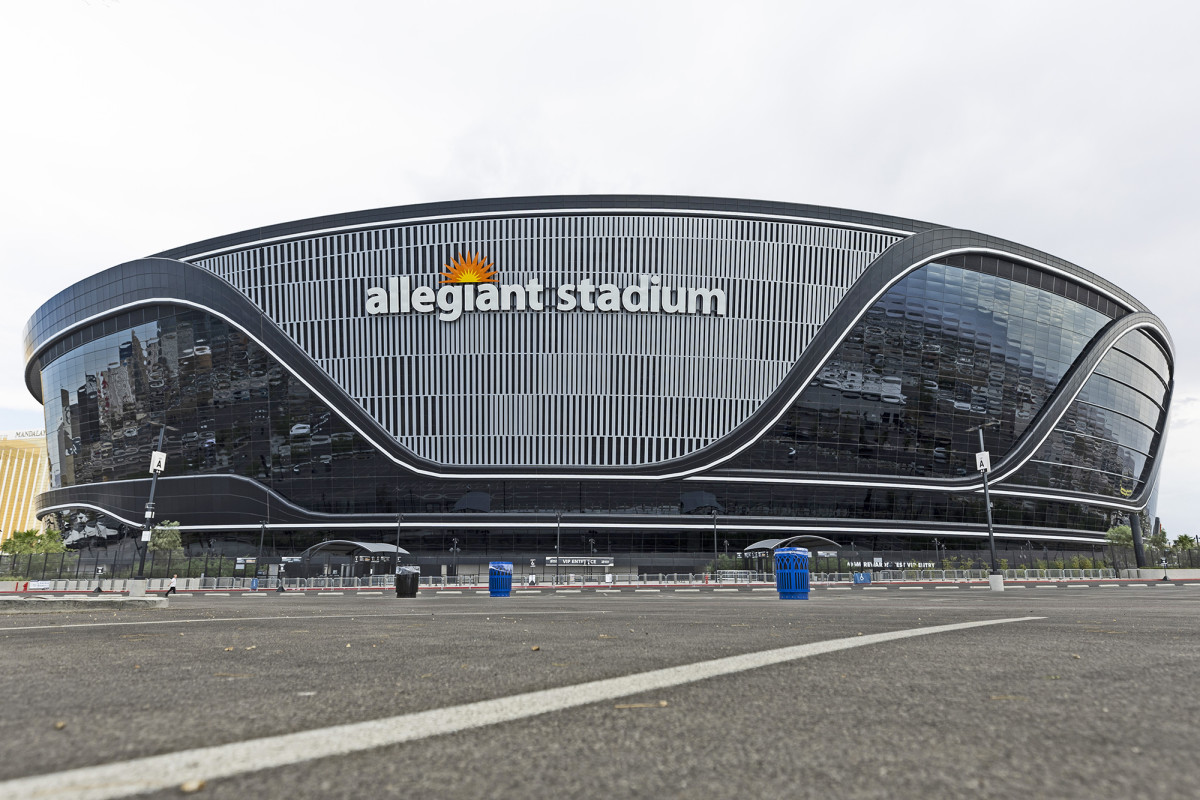
What took them so long? For four seasons, from 1946 to ’49, the New York Yankees were a professional football team playing in Yankee Stadium in a rival pro league that seriously challenged the NFL. Like the baseball Yankees, the Yankees of the All-American Football Conference were owned by Dan Topping and Del Webb, the latter of whom was a real estate developer who built the original Flamingo Hotel in Las Vegas. The Flamingo was the first modern Vegas attraction, the original resort-style casino hotel.
The Flamingo was owned by a syndicate led by Bugsy Siegel, the man who established Las Vegas as a glamorous getaway accessible to the workingman, and a central-casting kind of mobster. “He told me one night when I was waiting for my money that he had personally killed twelve men,” Webb told the sportswriter Bob Considine in 1955. “But then he must have noted my face, or something, because he laughed and said that I had nothing to worry about. ‘There’s no chance you’ll get killed,’ he said. ‘We only kill each other.’”
In 1947, shortly after the Flamingo opened, Webb said: “We [see] a big future in professional football and I look for other major league [baseball] clubs to buy into professional [football] teams in the future.” Webb didn’t forecast business trends so much as create them. It was Webb who coined the phrase “the golden years” for old age, which he rebranded—through his Sun City retirement communities—as a permanent vacation, a perpetual summer of shuffleboard, golf and canasta.
Six months after the Flamingo opened, Siegel “died of lead poisoning,” in the tabloid parlance of the day, succumbing to a drive-by fusillade of bullets on June 20, 1947, as he sat on a couch in the window of his girlfriend’s house in Beverly Hills.
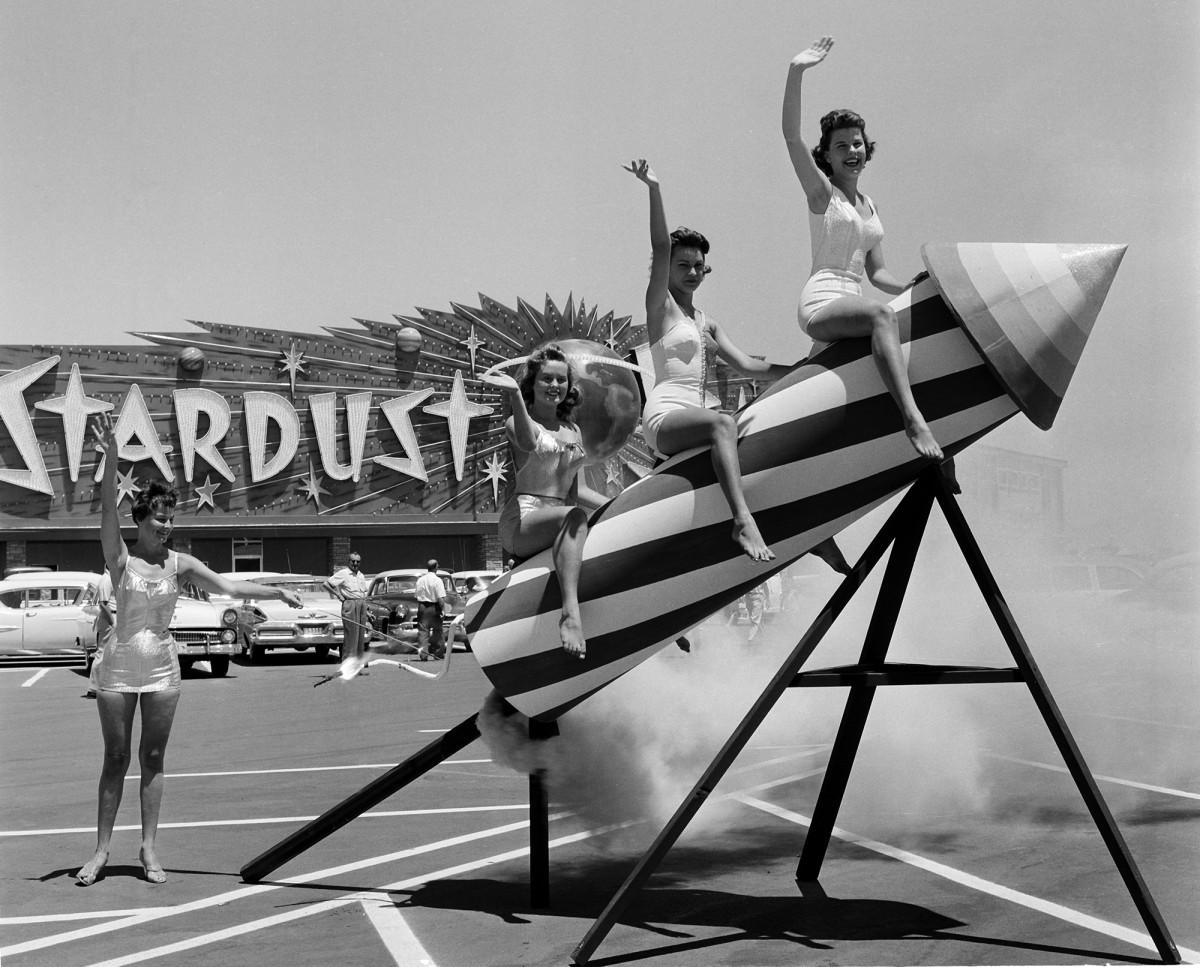
Webb persisted through three more years of war between the AAFC and the NFL, both sides hemorrhaging money while bidding up players. In 1949, to stop the bleeding, owners agreed to merge three AAFC teams—the San Francisco 49ers, Cleveland Browns and Baltimore Colts—into the National Football League. Some Yankees players were subsumed into the New York Football Giants, including punter Tom Landry.
Webb got out of pro football but remained in the baseball and casino businesses. Baseball commissioner Happy Chandler wasn’t happy that Webb worked simultaneously in Sin City and the South Bronx, but no matter: Webb led a faction of owners to fire Chandler. We only kill each other.
The new commissioner—Webb headed the screening committee—was Ford Frick, who had no qualms about the Yankees’ owner’s Vegas ties. When Webb bought the Sahara and Mint casinos, Frick shrugged and said, “It’s strictly a real estate deal.”
NFL commissioner Bert Bell, meanwhile, met with President Harry S. Truman in the Oval Office in 1951 to discuss ways to “keep sports free of the influence of gamblers.” His successor, Pete Rozelle, suspended Paul Hornung and Alex Karras in ’63 for gambling and associating with “known hoodlums.”
If the NFL was “negging” Las Vegas, it only made the city more desirous of pro football. In 1973, in the short-lived Southwestern League, the Las Vegas Casinos were coached by Dick Pruitt, a blackjack dealer at the Tropicana. The Casinos tried unsuccessfully to sign a disgruntled Roman Gabriel away from the Rams, but Roman’s numerals—$100,000 for an eight-game contract—proved too much. “I don’t think Pete Rozelle would want to put a team here,” Pruitt told a reporter. “Rozelle hates gambling.”
In their lone season of 1994, the Las Vegas Posse of the Canadian Football League practiced in a converted parking lot at the Riviera. When their anthem singer caused an international incident by singing “O Canada” to the tune of “O Christmas Tree,” Posse owner Nick Mileti apologized in writing to Canadian Prime Minister Jean Chrétien. Game-time temperature for a June exhibition was 146˚ on the turf. That was a night game, versus the Edmonton Eskimos. If you’ve never heard of the Posse, you are not alone. In pro football, what happened in Vegas stayed in Vegas.
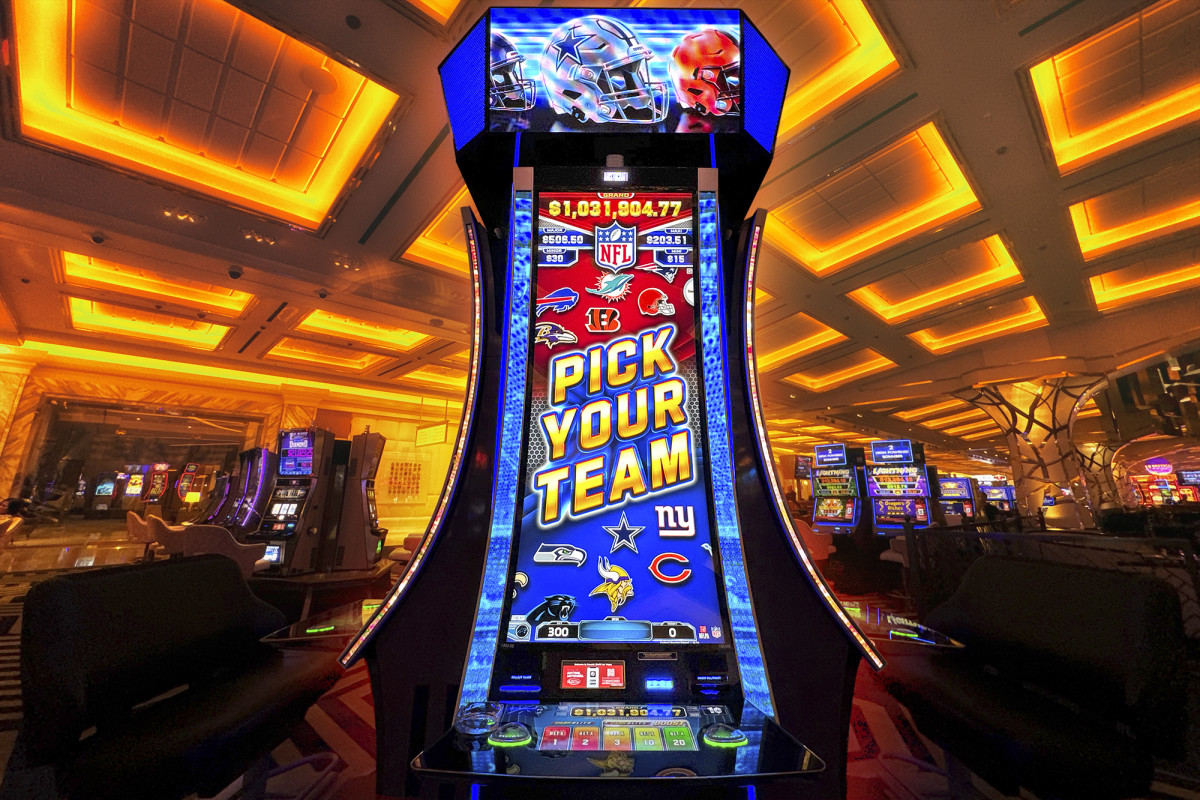
That famous campaign—“What Happens Here, Stays Here”—was supposed to debut on ABC during Super Bowl XXXVII, in 2003. But the NFL rejected it. In the first decade of the 21st century, NBC wouldn’t even advertise its own show, Las Vegas, on its NFL telecasts, in preemptive obeisance to the league. But culture and laws and mores had already begun shifting. That same year, the NBA placed a WNBA team in a casino in Connecticut, whose Native American gambling palaces were a new paradigm of mini-Vegases nationwide.
A year later, in 2004, a troubled 31-year-old named Cole Murdoch Ford—whose life and mental health had been spiraling downward since his release as the Oakland Raiders’ placekicker—fired six shots from a 12-gauge shotgun at the Jungle Palace, the rainforest-themed estate, on Vegas Drive, of the Teutonic magicians Siegfried Fischbacher and Roy Horn. These were literally the final shots fired in the long, strange relationship between Las Vegas and the NFL. The rest would mostly be a love story.
Those Raiders moved to Las Vegas in 2020. When the Las Vegas Raiders hosted the Jets last November, Mike Tirico said on NBC, as Sunday Night Football went to commercial: “Wanna play a slot machine? There are only 10 million of those in Vegas. Why not? Give it a whirl.”
On four of those slot machines, in the Mirage, you can choose your own NFL logo in lieu of the old lemons or cherries. Get three Packers and win a jackpot of $1,115,621.86.
Like so many others before it, the NFL shrugged off its old identity and eased into an entirely different one here, no questions asked. “Las Vegas was a city with no memory,” Vegas bard Nicholas Pileggi wrote in Casino, which became the film starring Robert DeNiro as a version of Lefty Rosenthal. “It was the place you went for a second chance. It was the American city where people went after the divorce, after the bankruptcy, even after a short stint in the county jail. It was the final destination for those willing to drive halfway across America in search of the nation’s only morality car wash.”
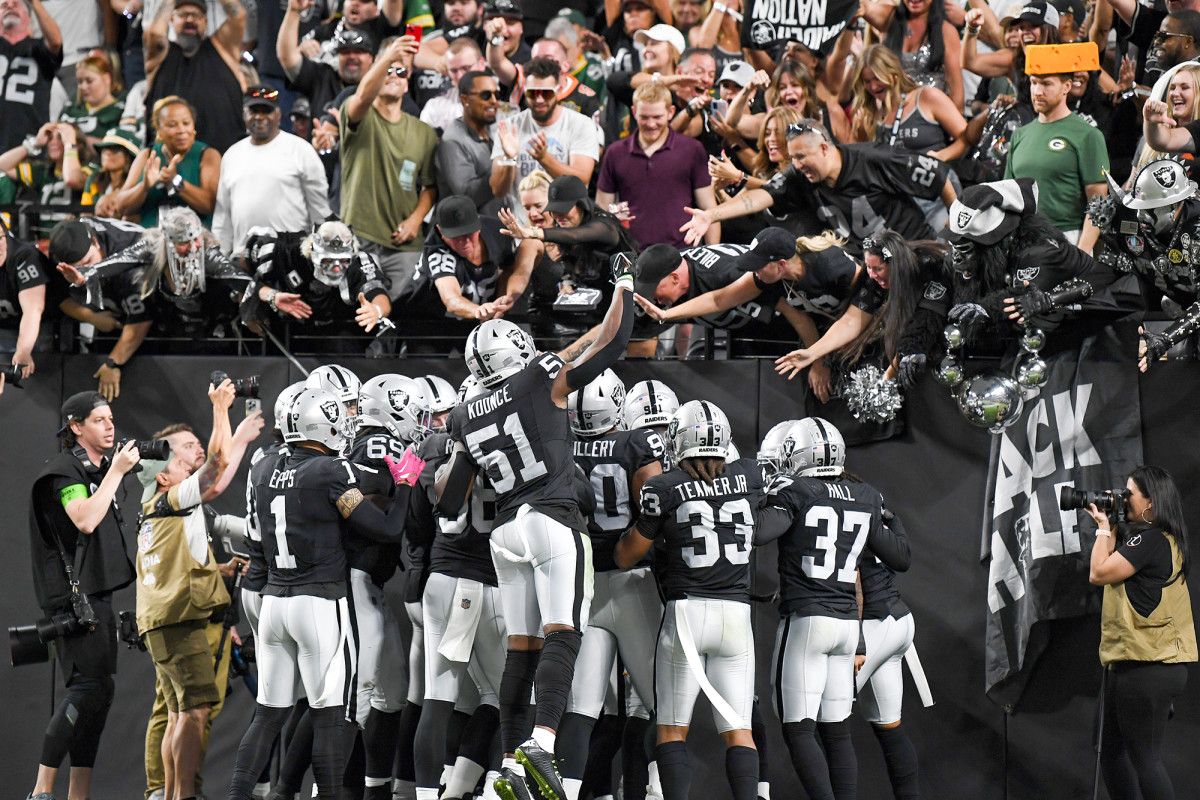
Las Vegas has become, just as Bugsy Siegel dreamed, the American Monte Carlo—without any of the inevitable upper-class baggage of the Riviera casinos,” Tom Wolfe wrote in Esquire 60 years ago. “At Monte Carlo … there are still Wrong Forks, Deficient Accents, Poor Tailoring, Gauche Displays … concepts unknown in Las Vegas. For the grand debut of Monte Carlo as a resort in 1879 the architect, Charles Garnier, designed an opera house for the Place du Casino. … For the debut of Las Vegas as a resort in 1946 Bugsy Siegel hired Abbott and Costello, and there, in a way, you have it all.”
It’s still true. The Monaco Grand Prix is world champion Alberto Ascari crashing his Lancia into the harbor in 1955 and swimming to a yacht. The Las Vegas Grand Prix is world champion Max Verstappen saying in November that he felt “like a clown” in the prerace hoopla: “It is 99% show, 1% sport.” If the same criticism is sometimes leveled against the Super Bowl, so what? As the Roman centurion Maximus said, at Caesar’s actual palace: “Are you not entertained?”
Monte Carlo (and its Grand Prix) is James Bond in a Savile Row tuxedo. Las Vegas (and its Super Bowl) is the sign outside the coffee shop inside the Tropicana Hotel: “Thank you for wearing shoes and shirts inside the property.”
Super Bowl LVIII Preview: What You Need to Know About Chiefs–49ers
Like the storied Sands and Stardust before it, the Tropicana will soon collapse into dust. The casino hotel implosions are a genre of spectacle unto themselves here. In their place will rise a 33,000-seat, retractable-roofed, $1.5 billion baseball stadium, the planned new home of the old Oakland Athletics, who would join the Raiders, Aces and Golden Knights, the latter two defending champions of the WNBA and NHL, respectively. As LeBron James said before the NBA’s in-season tournament semifinals on the Strip: “It’s crazy to say, but Vegas is a sports town.”
And now, the biggest spectacle of them all. Visitors in town for Super Bowl LVIII may pay their respects to Bugsy Siegel at the gangster’s brick-and-bronze memorial in the Flamingo’s outdoor courtyard, with its live flamingos and white-faced whistling ducks, whose three-note song sounds like a referee signaling the start of play.
Bugsy Siegel, the inventor of Sin City, and Del Webb, the inventor of Sun City, remain twinned here: Take Del Webb Boulevard to one of his two 55-plus developments or swing by the Del Webb Middle School, home of the Wranglers. Seventy-five years after he challenged the NFL, the NFL has come around to Del Webb.
So stop by the Trop, while it (and you) still stands, and grab a drink at the End Zone bar, festooned with Raiders logos. It’s on the sidewalk outside the Tropicana’s lobby, so no need for a shirt. Toast the happy couple: the NFL and Las Vegas, together at last, as they were always meant to be.
